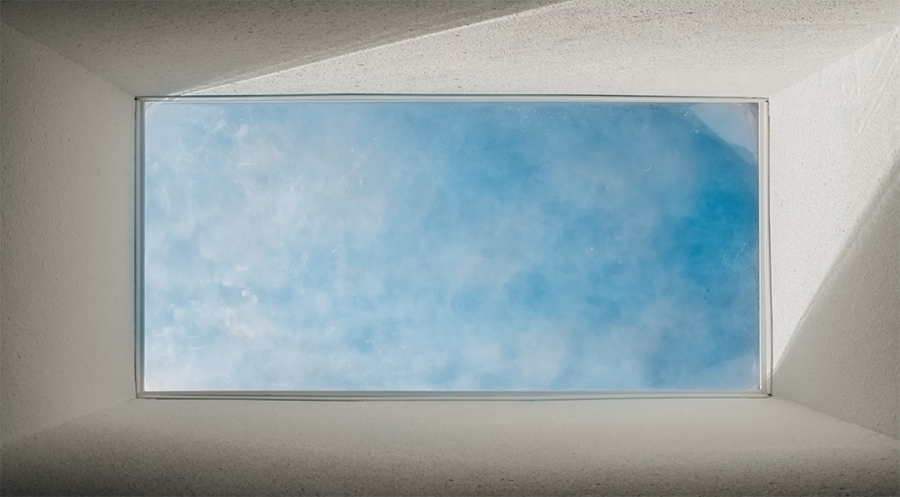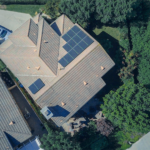Into everyone’s life, some rain must fall…but what if it’s falling into your hallway, dining room, or bathroom? Skylights are a great source of natural lighting and letting in a little fresh air, but what happens when it leaks? With winter right around the corner, it’s not just rain you need to worry about. Sleet, ice, and snow are common sources for this headache.
When these windows leak, it’s usually because of poor installation techniques, including improper flashing and sealing. Sometimes you notice it right away, but other times it can take quite a while before the leak is apparent. Remember that, unless you built the window into your roof during construction, skylights rely on cutting holes into your roof.
How to Repair Leaking Skylights
Before you panic, take a closer look at your skylights. Is it actually a leak, or has condensation built up inside the window, like a car’s windshield on a cold day? Many skylights have a tray to catch condensate moisture, but it’s possible for this to overflow. If this doesn’t seem to be the problem, it’s time to take a look at the window’s installation.
Carefully get up on the roof if you’re able to do so safely, and have a trusted partner with you. Check the skylight, looking for:
- Damages to the roof itself
- Previous repairs that are now failing
- Open seams
- Flashing fails such as gaps, cracks, and pinholes
- Signs that the window seams are failing, such as torn or worn seals
If it’s unclear where the leak is originating, you can pour water from a bucket or hose over the skylight and have someone inside see where the leak seems to be. Remember that water travels, however, and sometimes for quite some distance from the original leak source.
Let’s look at a few ways you can tackle a leaking skylight.
Clear Debris
Debris that has built up along the window can trap moisture, so make sure the roof is free of leaves, moss, and branches.
Cement Roof Flashing
Cement roof flashing will help repair the damaged existing flashing around the skylight. Follow the manufacturer’s directions for proper application.
Spray Foam
This is always worth a try, but again, may only be a temporary fix. Spray foam expands and hardens, making the skylight more leak resistant. Apply it at the base of the window from the outside, and add a bead inside around the window for good measure.
Replace Missing or Damaged Shingles
If the skylight’s surrounding shingles are missing or damaged, the gaps around it will increase and allow water to come in. If this is the case, you can replace the surrounding shingles and the flashing, but again, this is only a temporary fix. Missing shingles can also mean damages to the roof’s structure as well, and you may need to have that section replaced and the window reseated.
Check for Interior Issues
If you can’t locate the source of the leaking, there’s a possibility that there’s a problem with the drywall around the skylight. If this wasn’t properly insulated when the window was installed, it could be letting water in. Expose the area behind the drywall, and use your expanding spray foam in this area.
Call the Skylight Pros
Unfortunately, the fixes we mention above are only temporary and in time, you’ll have the same problems you have now. Ultimately, a professional needs to come and look at the skylight’s installation and recommend permanent repairs. These can be difficult even for the best roofing contractors. In certain situations a complete uninstall and reinstall of the window may be necessary.
Contact us now so we can keep the winter moisture outside your skylight, where it belongs.













